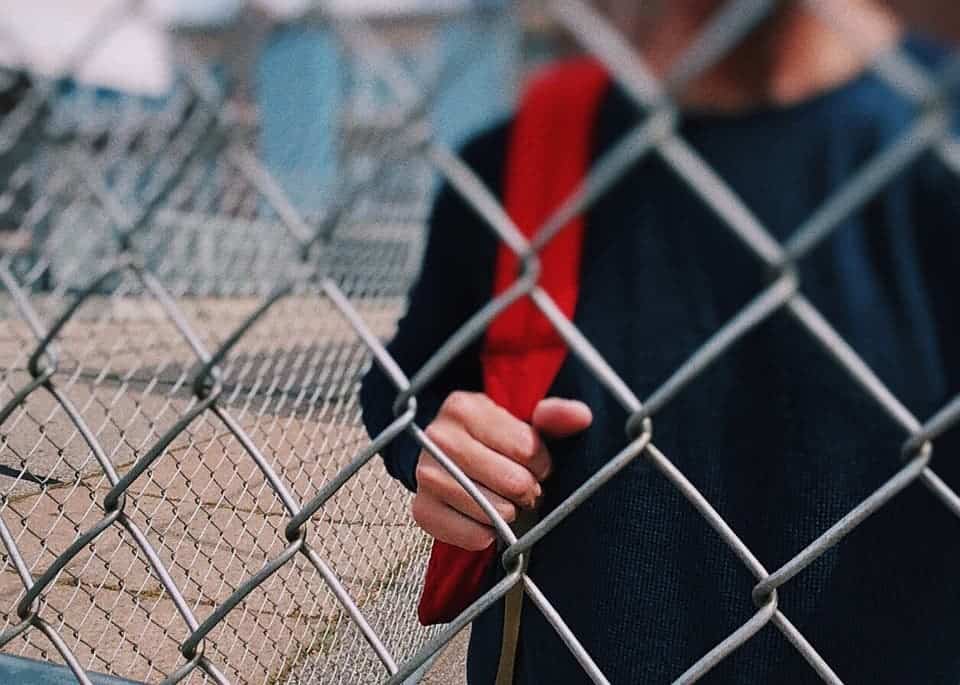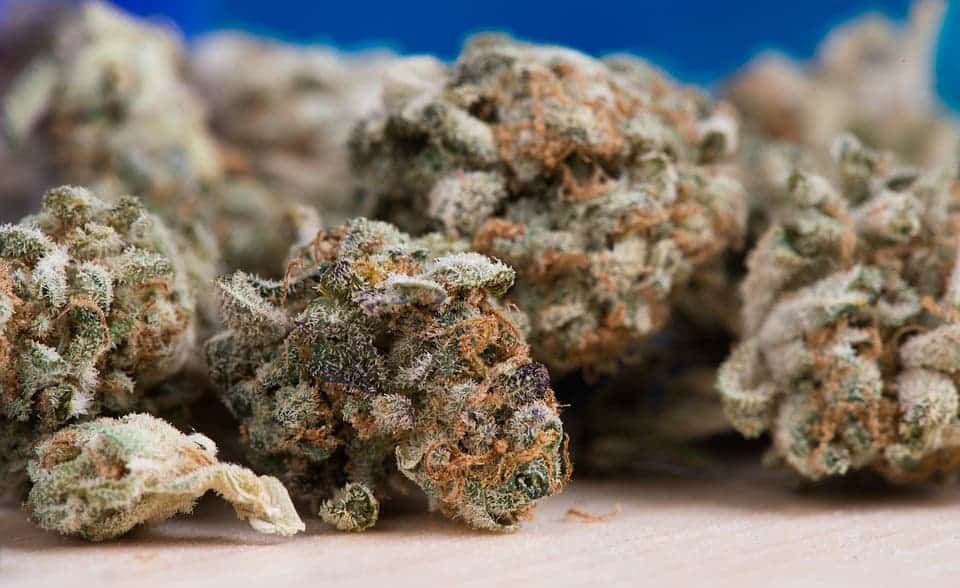
According to a national survey of U.S. high school students, fewer teens are having sex than at any point since 1991. Among the teens that are sexually active, the study found that condom use has gone down, suggesting that today’s high school students may not be aware of STDs or do not feel they could be at risk of contracting one.
The findings are part of a biannual report released by the Centers for Disease Control and Prevention (CDC), which surveyed 15,000 American teens in grades 9 to 12 at 144 schools about various health-related behaviors.
Of the teens surveyed in 2017, 40 percent reported having ever had sex — a much lower figure than in 1991, the year the first such survey was released, when 54 percent responded ‘yes’. About 29 percent of the survey participants are currently sexually active, meaning they had had intercourse with at least one person in the three months prior to completing the survey. Among this sexually active group, 54 percent that they or their partners had used a condom during the last time they had intercourse. This figure stood at 61 percent just ten years ago.
According to the CDC, there are two major reasons why teens are less interested in using condoms. One is the wide adoption and availability of long-acting contraceptives — various injections and implants that can effectively prevent pregnancies from months to years after their first use. The second reason why condom use may be down is that there seems to be less fear of HIV, now that antiretroviral drugs are so effective.
Cora Breuner, who is a pediatrician specializing in adolescent medicine at Seattle Children’s Hospital, has her own explanation for why teens are less inclined to have sexual intercourse. “The more kids know about it, the less mystique there is about it,” she told Science News, and “the more they want to wait.”
The same report also found a significant drop in the number of kids using illicit drugs. In 2007, 22.6 percent of the students surveyed said they had used one or more illicit drug, compared to only 14 percent in 2017. Fewer kids than ever are using injectable illicit drugs — the most dangerous of all. “In 2017, 1.5 percent of high school students had ever injected any illegal drug into their body using a needle,” the report reads.
Other findings paint a less optimistic overview. Bullying is still a problem in American schools, with 19 percent of students reporting they had been bullied in 2017, compared to 19.9 percent in 2009. Another problematic metric that has flatlined is the percentage of students who had been forced into sex at some point — around 7 percent, which includes 11 percent of girls and 3.5 percent of boys.
More teens are feeling depressed and/or seriously considering suicide. The number of teens who said they persistently feel sad or hopeless rose from 28.5 percent in 2007 to 31.5 percent in 2017. Those who said they considered suicide rose to 17 percent in 2017 compared to 14.5 percent in 2007.
According to experts, social media and growing lack of connectedness in American society may be responsible for these trends.






